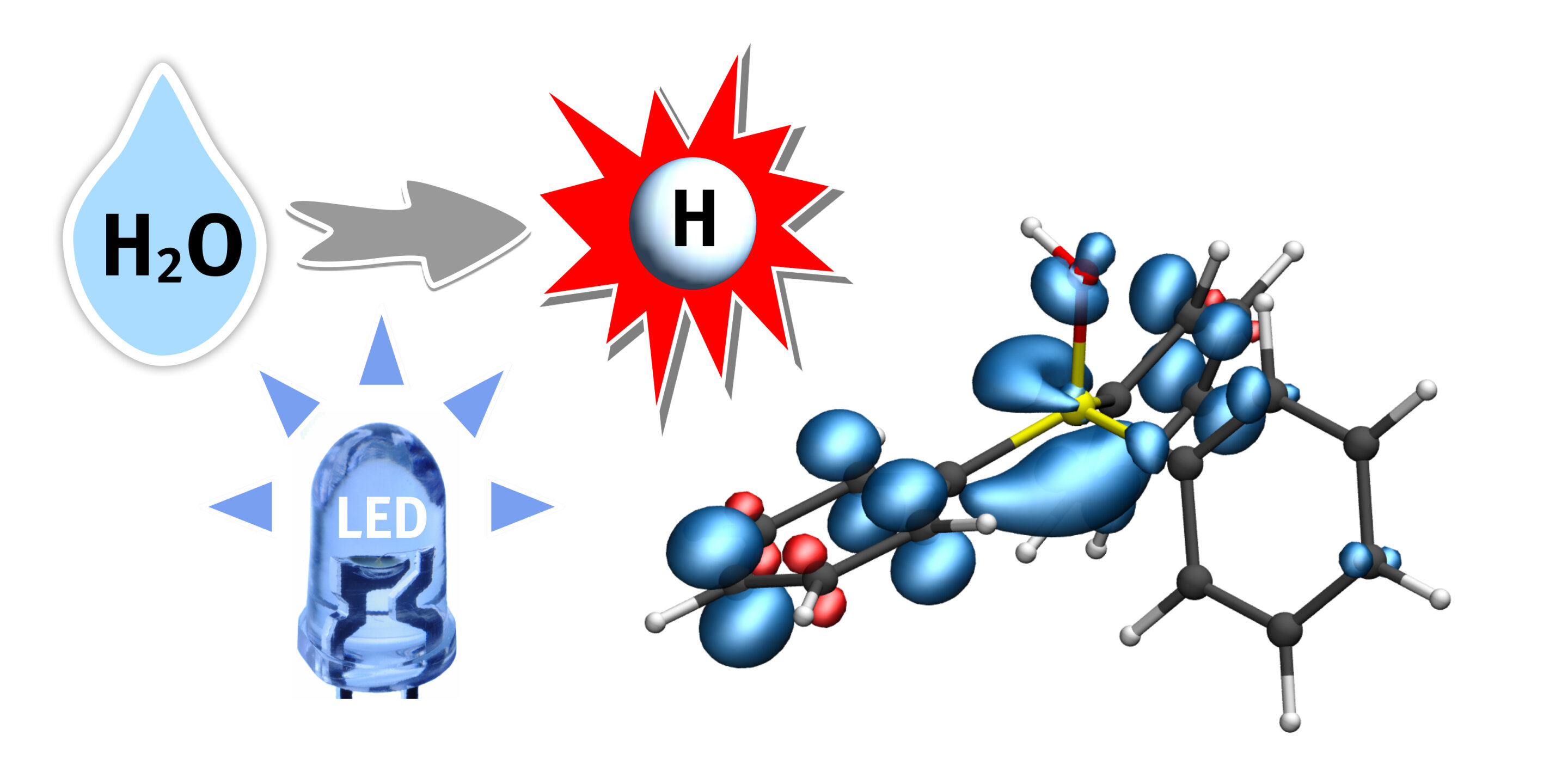Hydrogen is considered a future energy source, especially when produced in an environmentally friendly manner. It also plays a crucial role in the production of active ingredients and other important substances. The process of converting water (H2O) into hydrogen gas (H2) involves a series of chemical reactions. However, due to the stability of water molecules, splitting them into hydrogen and oxygen poses a significant challenge for chemists. To overcome this, water needs to be activated using a catalyst before it can react more easily.
A team of researchers, led by Prof. Armido Studer at the Institute of Organic Chemistry at Münster University (Germany), has developed a photocatalytic process that activates water under mild reaction conditions using triaryl phosphines, instead of the more commonly used transition metal complexes.
This innovative strategy, recently published in Nature, opens up new possibilities in the field of radical chemistry. Radicals are highly reactive intermediates, and the team utilizes a special intermediate called a phosphine-water radical cation as activated water. This allows for easy splitting of hydrogen atoms from H2O, which can then be transferred to another substrate. The reaction is driven by light energy.
“Our system provides an ideal platform for exploring unexplored chemical processes that utilize the hydrogen atom as a reagent in synthesis,” says Prof. Studer.
Dr. Christian Mück-Lichtenfeld, who analyzed the activated water complexes using theoretical methods, explains, “The hydrogen-oxygen bond in this intermediate is exceptionally weak, enabling the transfer of a hydrogen atom to various compounds.”
2023-06-28 19:30:04
Link from phys.org rnrn




















